

DIY
How Does Tesla ‘Autopark’ Parallel Parking Work?
Tesla Version 7 introduces an ‘Autopark’ feature as part of the Autopilot suite which will allow the Model S (and Model X) to parallel park itself. Using a combination of radar, ultrasonic sensors and cameras, the Tesla will prompt the driver to initiate Autopark by a simple touch of a button from the 17″ center touchscreen.
Updated Jan 9, 2016
- How does Tesla ‘Perpendicular Parking’ work?
- Tesla v7.1 introduces self-parking via the ‘summoning’ feature
- Step by step guide on how to summon your Tesla to park itself
Align the Vehicle
No different than if you were to parallel park yourself, pull forward while next to the vehicles as you normally would at a slow speed (below 10 mph) until a “P” appears on the instrument panel. This is your indicator that the vehicle is ready to parallel park itself.
Shift the vehicle into (R)everse while keeping your foot on the brake to begin the next process.

[Source: Vanessa Freeman via YouTube]
TIP: A curb must be present before Autopark can be initiated.
Start Autopark

[Source: Sigve Albretsen via YouTube]
A “P” indicator will appear on the instrument cluster and center touchscreen once the vehicle is properly aligned. A blue “START” button will also appear on the touchscreen. Tapping this button will begin the self parallel parking process. An alert message will appear if you have your foot on the brake.
Watch Autopark in Action
At this point sit back, relax, and remove your hands from the steering wheel. The vehicle will begin self-turning and maneuver itself into the designated parking space with precision. The instrument cluster and center touchscreen will read “Autopark in Progress”.
Once the vehicle has successfully parked itself, a chime will sound along with a message that reads “Autopark Complete”.
TIP: The Autopark process can be aborted at any point by stepping on the brakes or tapping the “CANCEL” button on the touchscreen.
From the Inside
From the Outside
Tesla Version 7 News
- Watch Tesla Autopark react to 3 parking challenges
- Who’s responsible when there’s a traffic accident involving Autopilot?
- Video of hands-free driving with Tesla Autopilot Version 7.0
- Tesla Model X version 7 features revealed

DIY
Tesla Model 3 pickup “Truckla” gets updates and a perfectly wholesome robot charger
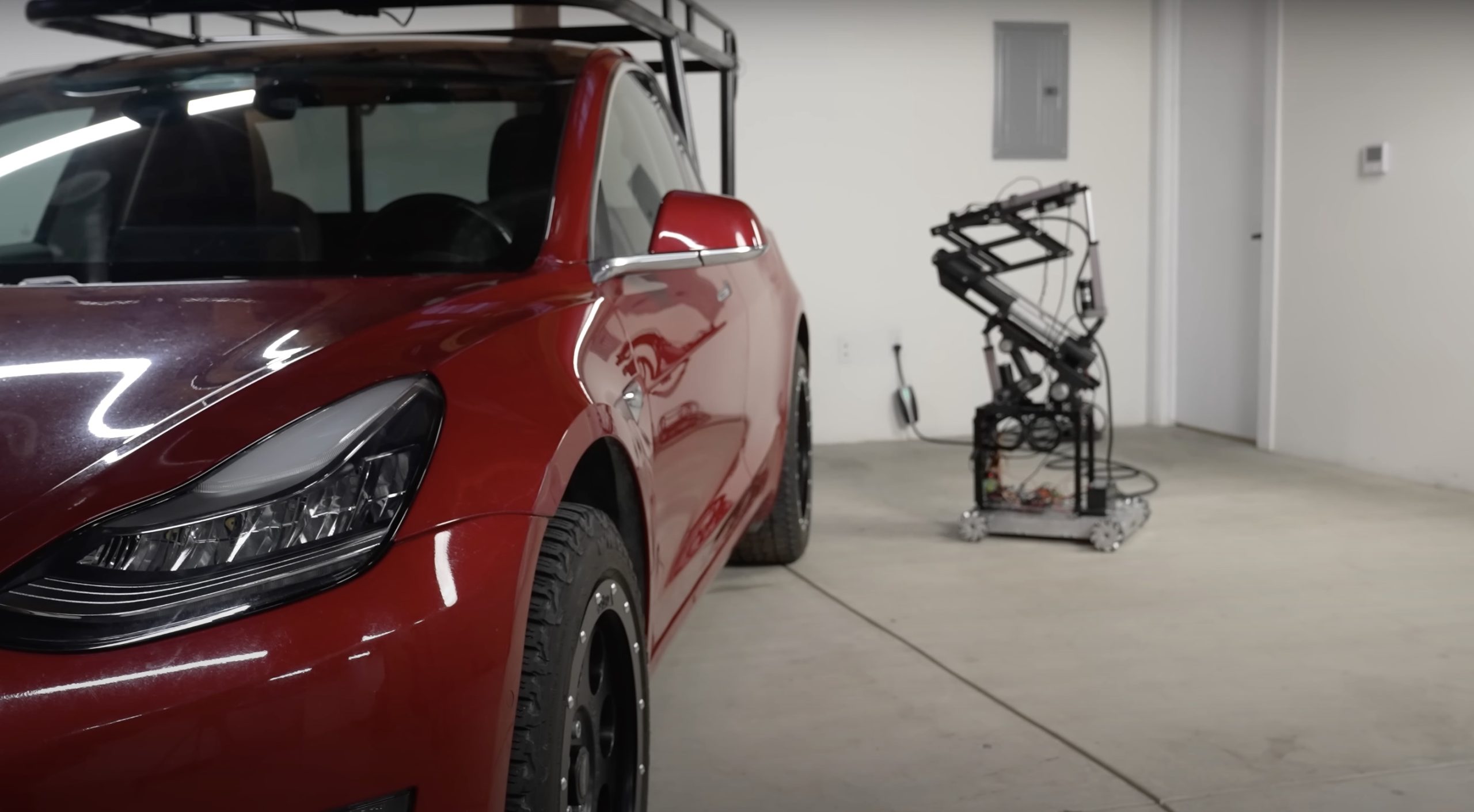
Back in 2019, YouTuber Simone Giertz, the self-proclaimed “Queen of Sh*tty Robots,” created a one-off Tesla Model 3 build that took the automotive world by storm. Fondly dubbed as “Truckla,” Giertz noted that the vehicle was actually her dream car — as crazy as that may sound.
Now almost four years later, the YouTuber posted an update on Truckla. And just like every other big project that one probably started, Giertz stated that she actually stopped working on Truckla when the vehicle was about 80% complete. The car is driving though, but a lot of stuff was not really working very well.
Thus, for her Truckla update, Giertz shared how most of her Model 3 pickup truck conversion was essentially completed. Truckla got a lot of detailing done, she got a slight lift, and she now has a functional tailgate. One has to admit, Truckla’s tailgate is pretty darn cool.
The “Queen of Sh*tty Robots” also opted to give Truckla a friend in the form of an automatic robot charger. Unlike Tesla’s rather interesting snake charger from years past, Truckla’s charger would come in the form of a rover, thanks to her friends at robotics platform Viam. Giertz aptly named Truckla’s robot charger friend “Chargela,” which is an appropriate name for such an invention.
Also true to form for Giertz, Chargela’s first encounter with Truckla was just a tiny bit awkward. One could say that Chargela may have just been a little bit nervous on his first try without human hands helping him. Most importantly, the system did work, so Giertz would likely keep using Chargela for her Model 3 pickup.
Teslas are very tech-heavy vehicles, so projects like Giertz’s Truckla are always remarkable. The fact that the Model 3 works perfectly fine despite having a good chunk of it cut off and turned into a pickup truck bed is mighty impressive any way one looks at it. Overall, Truckla will always be one of the coolest Tesla DIY projects to date, so any updates about the vehicle are always appreciated.
Truckla’s nearly four-year update can be viewed below.
Don’t hesitate to contact us with news tips. Just send a message to simon@teslarati.com to give us a heads up.
DIY
Tesla fan creating ‘CyberRoadster’ using Model 3 Performance parts in epic DIY build

A Tesla owner is taking his hobby and love for electric vehicles to new levels by creating what could only be described as one of the coolest EV-related DIY projects to date. The idea for the project is simple: what happens when you cross a supercar with the Cybertruck? You end up with a two-seater CyberRoadster.
Tesla owner David Andreyev, who goes by the username @Cyber_Hooligan_ on Twitter, has spent the last few months creating a Cybertruck-inspired version of the next-generation Roadster made from a salvaged Model 3 Performance. Starting with a Model 3 Performance is an inspired choice, considering that it is Tesla’s first vehicle that has a dedicated Track Mode.
A look at Andreyev’s YouTube channel, which can be accessed here, shows the meticulous build that the Tesla owner has implemented on the project car. What’s particularly cool about the CyberRoadster is the fact that it’s being built with parts that are also from other Tesla vehicles, like its front bumper that came from a new Model S. Recent videos suggest that the project car’s rear bumper will be from a new Model S as well.
The journey is long for Andreyev, so the completion of the CyberRoadster will likely take some more time. Despite this, seeing the Tesla owner’s DIY journey on such an epic build is more than satisfying. And considering that the CyberRoadster is evidently a labor of love from the Tesla owner, the final results would likely be extremely worth it.
There’s a lot of crazy Tesla modifications that have been done as of late. But some, as it is with a lot of things on the internet these days, have become more silly gimmicks than serious automotive projects. Fortunately, car enthusiasts like Andreyev, who just happen to also love electric vehicles, are taking it upon themselves to create one-of-a-kind EVs that would surely capture the attention of anyone on the road.
Check out the latest video in the CyberRoadster’s creation below.
Don’t hesitate to contact us with news tips. Just send a message to simon@teslarati.com to give us a heads up.
DIY
Tesla owner ‘charges’ Model 3 with homemade solar panel trailer
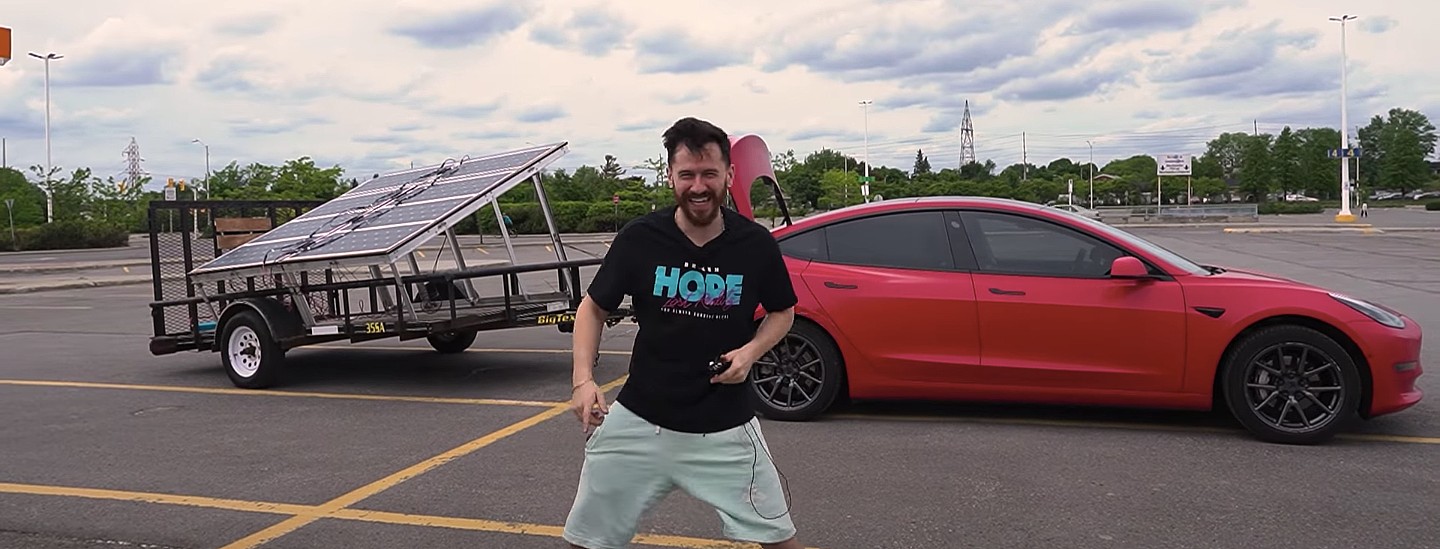
A Tesla owner has demonstrated a rather novel way to charge his Model 3. In a recent video, Sean Callaghan of the ItsYeBoi YouTube channel opted to use a series of off-the-shelf solar panel sheets onto a towable trailer to create a mobile charging unit for his all-electric sedan.
Callaghan planned to use only the sun and the solar sheets purchased from e-commerce platform Wish to charge his Model 3. The solar panel sheets would collect energy from the sun and transfer it to a control panel. The control panels were connected to batteries that would hold the energy—the batteries connected to an inverter, which would then charge the Tesla Model 3.
The entire assembly would provide the Model 3 with about 800 watts of energy on a completely sunny day. However, Callaghan shot the video when weather was overcast, so the entire solar panel trailer build only managed to provide around 300 watts throughout the YouTube host’s test.
To put this into perspective, a 100 volt home wall outlet provides 1.4 kilowatts of power, or 1,400 watts. Therefore, the 300-watt solar panel assembly built by Callaghan was producing less than 25% of the energy of a typical wall outlet. This is pretty marginal compared to Tesla’s 250-kilowatt V3 Superchargers, which provides 250,000 watts, or about 833 times as much power as the makeshift solar panel build.
However, Callaghan’s goal was not to charge the vehicle quickly. He explained the idea came from a previous video where he used a $5,000 Wish-purchased wind turbine to charge his Model 3. He wanted to test the effectiveness and efficiency of the system, which was questionable due to the time it would take to charge the battery fully.
The Model 3 battery pack is 78 kWh, and with Callaghan’s 300-watt system charging his electric vehicle, it would take 260 hours to supply the Tesla’s battery to full capacity.
In the past, electric vehicle enthusiasts have asked Tesla CEO Elon Musk why the company’s vehicles do not contain solar glass roofing, which would charge the car while the owner is driving. Musk has explained that the efficiency of this idea is challenging and likely would not provide an ample amount of range.
When asked about the idea of putting solar panels on the top of Tesla’s vehicles in 2017, Musk responded that the idea was “Not that helpful, because the actual surface of the car is not that much, and cars are often inside. The least efficient place to put solar is on the car.” It also would not be cost-effective for Tesla because “the cost of the panels and electronics, R&D and assembly would never pay for itself in the life of the vehicle, compared to charging from the wall in your garage,” Quartz noted.
That being said, Tesla plans to implement solar panels onto the motorized tonneau of the upcoming Cybertruck. The idea was discussed on Twitter when Musk stated that the optional feature would add “15 miles per day, possibly more” when parked in the sunlight. Also, fold-out solar wings could help capture enough solar energy for 30 to 40 miles a day.
Watch Sean Callaghan’s video of his makeshift solar panel trailer below.
-

 Elon Musk2 weeks ago
Elon Musk2 weeks agoElon Musk roasts owners of this car brand after another Tesla vandalism incident
-

 News1 week ago
News1 week agoTesla aiming to produce first “legion” of Optimus robots this 2025
-

 Elon Musk5 days ago
Elon Musk5 days agoTesla CEO Elon Musk’s simple message to vandals
-
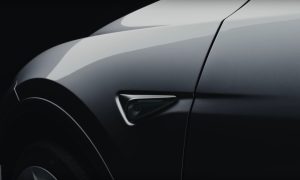
 Elon Musk1 week ago
Elon Musk1 week agoElon Musk confirms two measures Tesla is taking to fight vandalism
-

 News2 weeks ago
News2 weeks agoSpaceX rescue mission for stranded ISS astronauts nears end — Here’s when they’ll return home
-
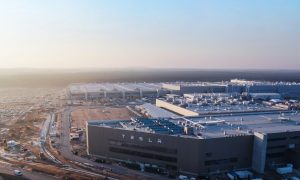
 News7 days ago
News7 days agoTesla’s Giga Berlin director responds to anti-Musk criticism
-
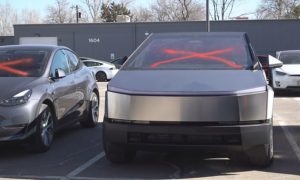
 Elon Musk2 weeks ago
Elon Musk2 weeks agoTesla owners doxxed by controversial anti-DOGE website in clear intimidation tactic
-

 Elon Musk1 week ago
Elon Musk1 week agoElon Musk to file lawsuit against former US Rep Jamaal Bowman: “I’ve had enough”







